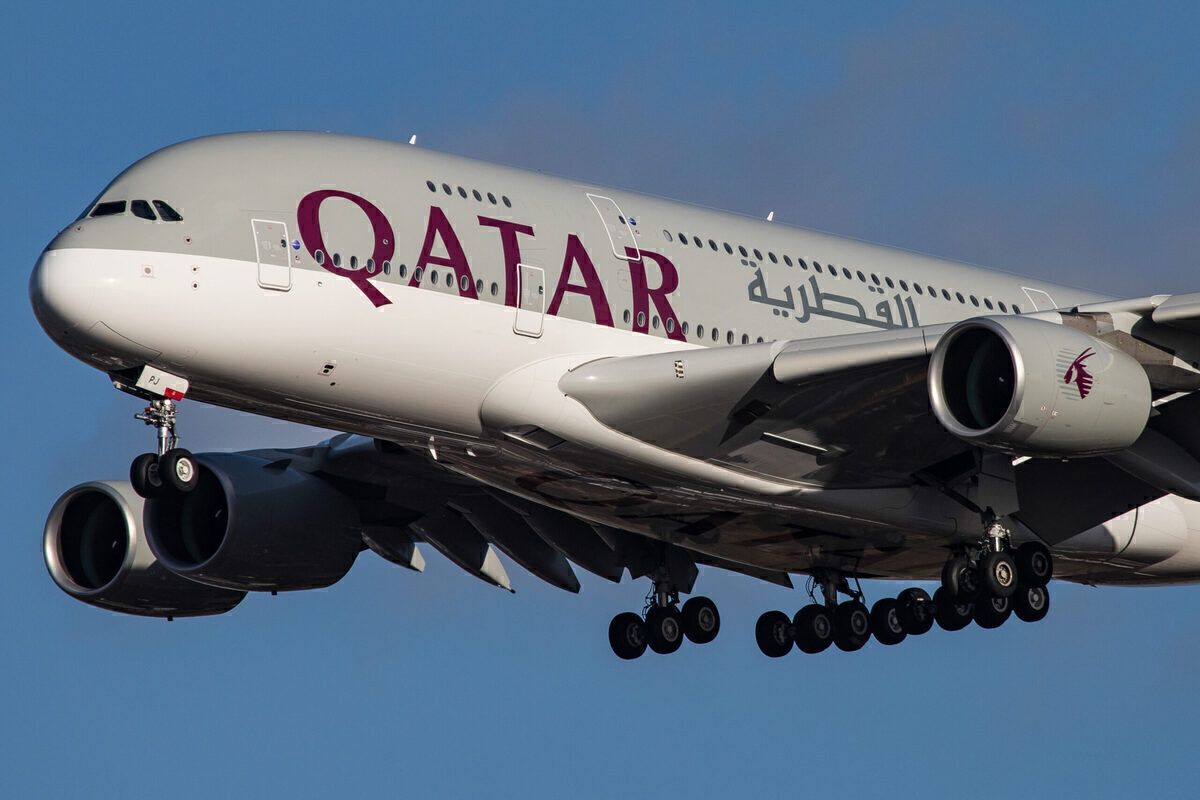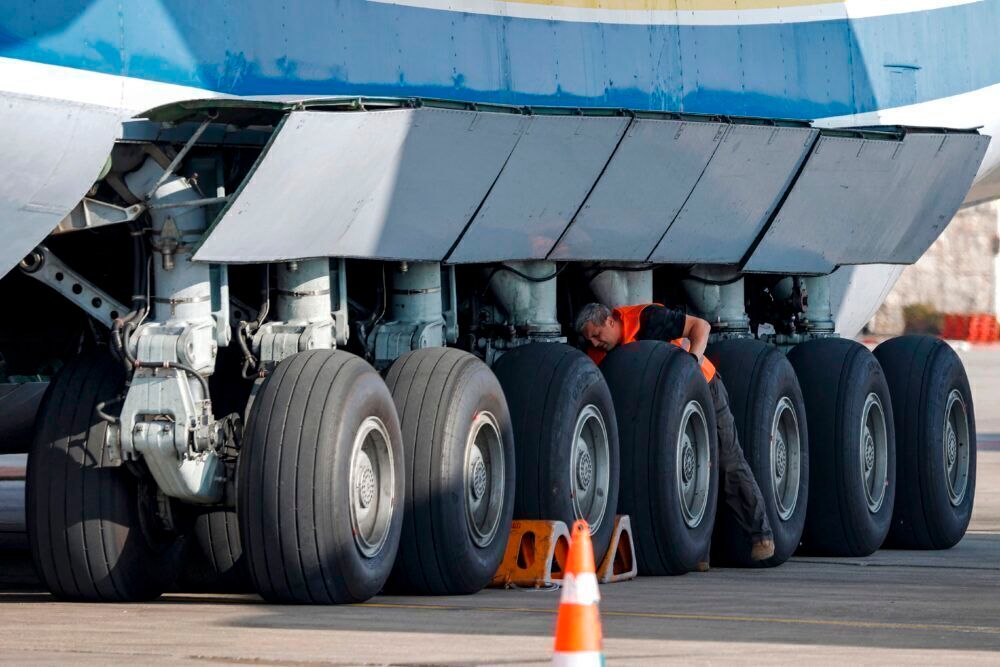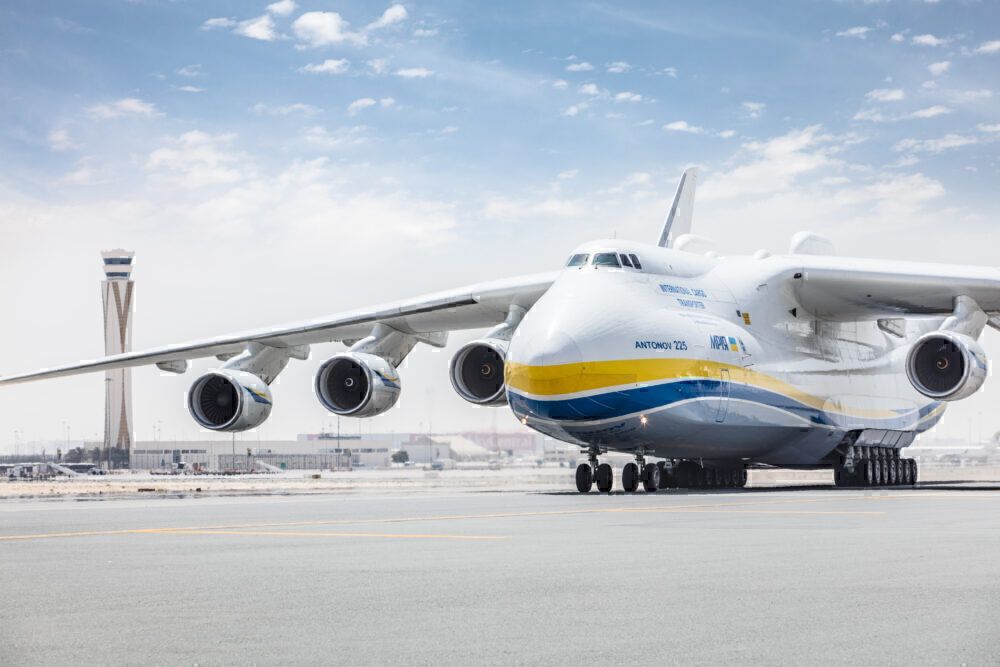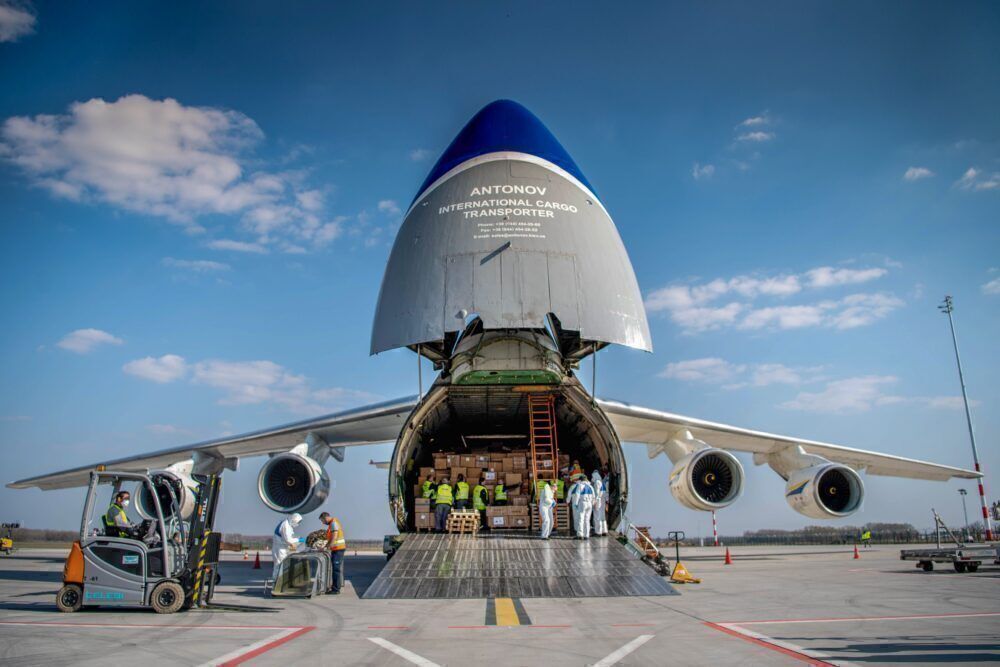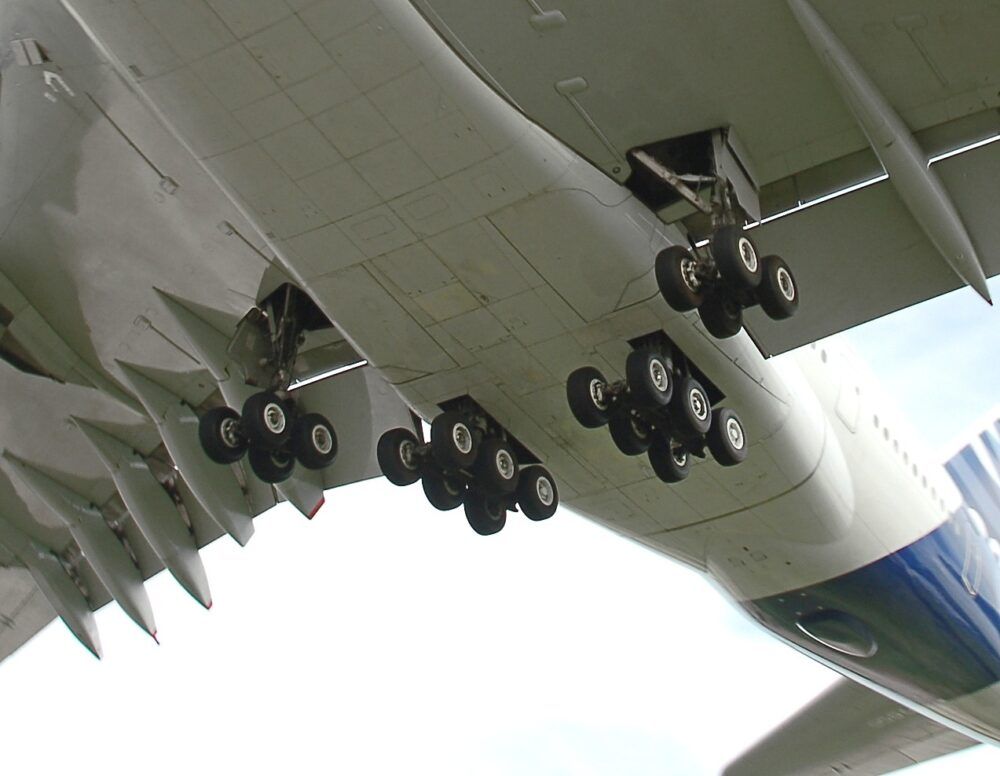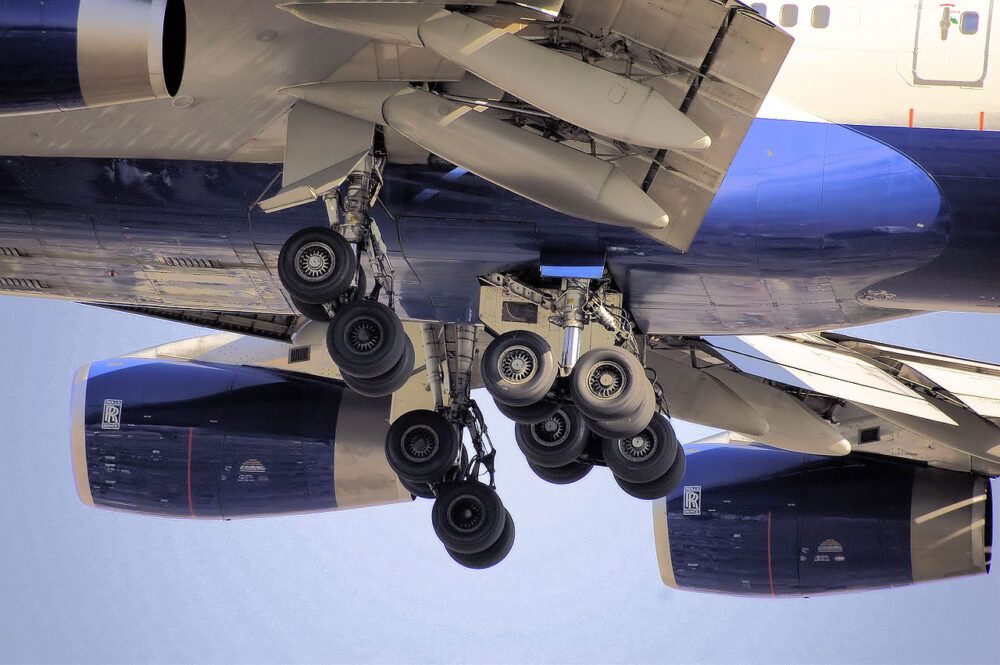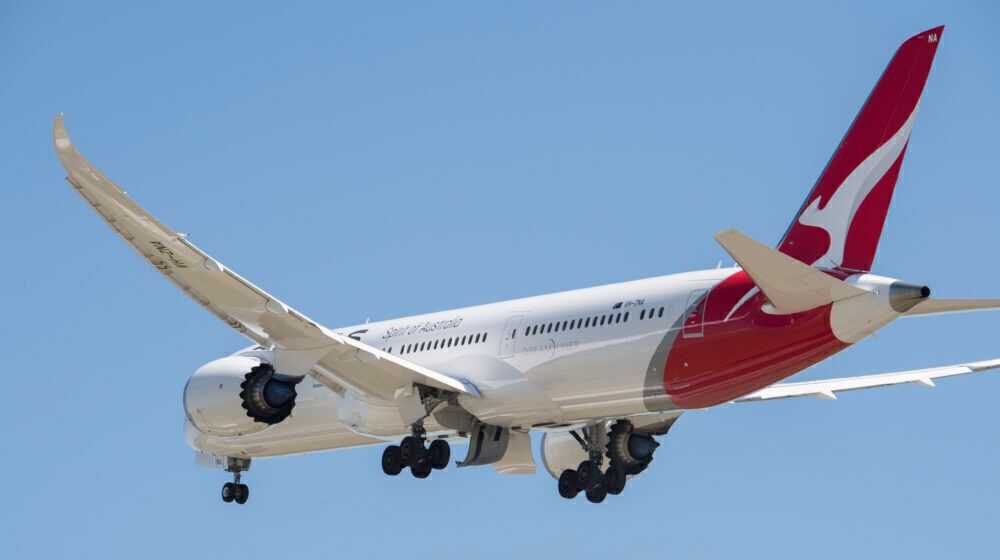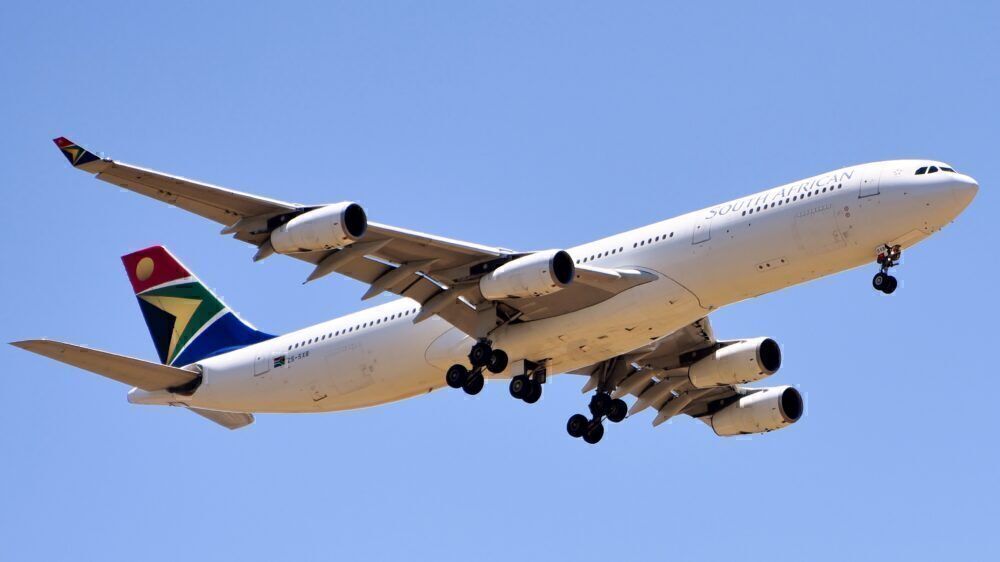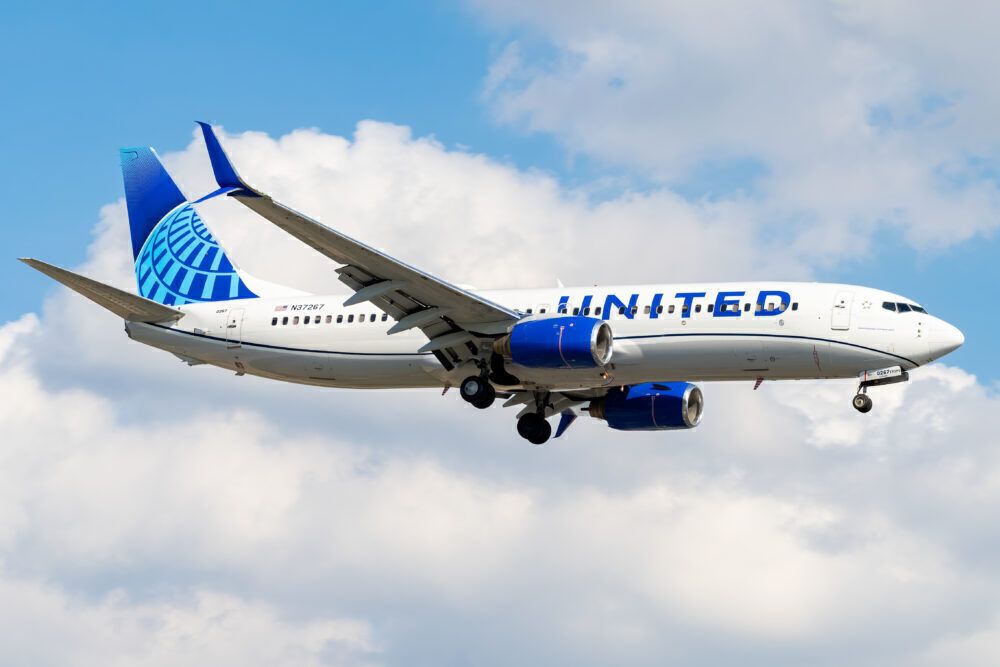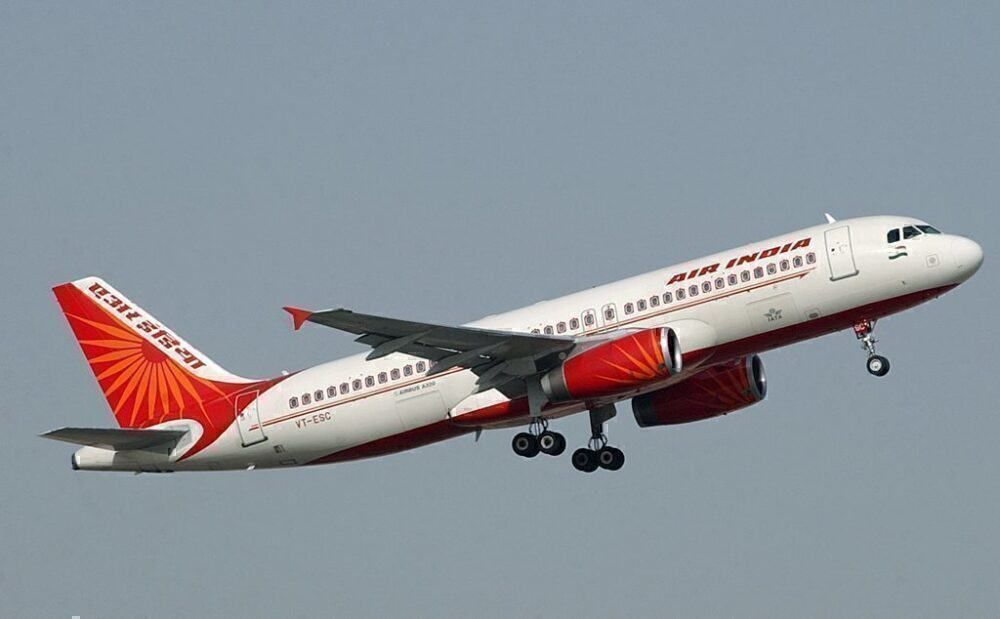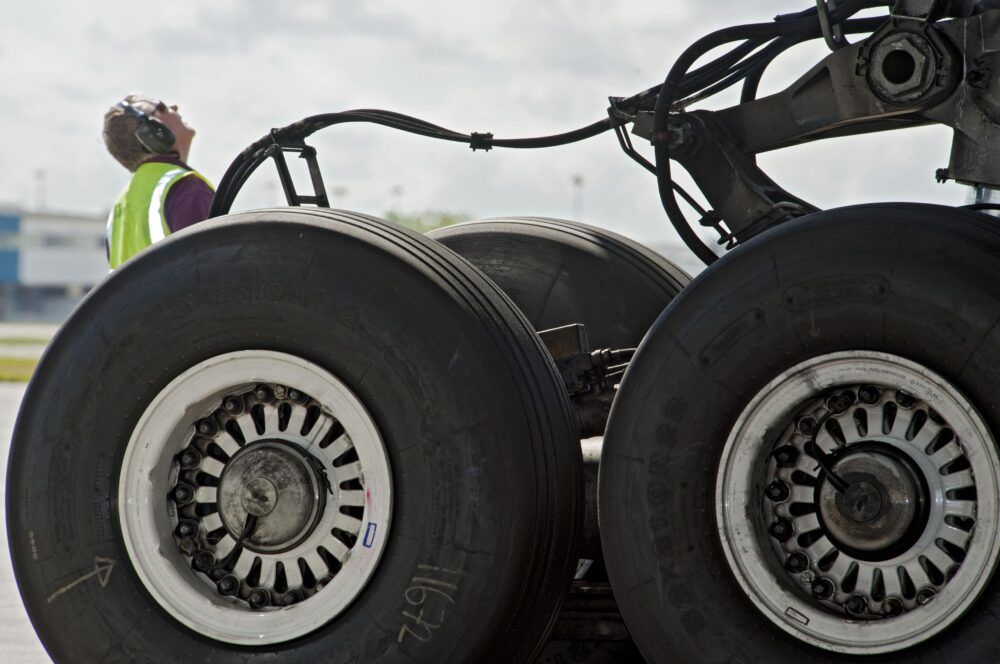Tires are a fascinating and vital part of the aircraft, but not something we often discuss. It's clear to see that most commercial jets have a large number of wheels as part of the main and front landing gears. But from a distance, it can be hard to see exactly how many. Let's see which aircraft have the most.
The most tires - the Antonov-225
The Antonov-225 come first in many things. The largest commercial aircraft flying and the highest cargo payload are its top accolades. It also comes top, by a long way, in the number of tires. This impressive aircraft has a total of 32 tires. It has seven wheel long landing gears on each side.
There is only one Antonic-225 in service, A second was partially built, and there has been some discussion about completing it. This seems unlikely, though.
Its smaller series companion, the Antonov-124, comes in second place, both for cargo lifting ability and number of wheels. It has a mere 24 wheels across its gears. The An-124 also has specially adapted landing gear struts to allow for landing on rougher ground and the ability to bend to lower the aircraft for easier cargo loading.
22 tires on the Airbus A380
Following on from the Antonov aircraft, it is not surprising that the heavier passenger aircraft have the most ties. The Airbus A380 has 22 wheels across its main and front landing gears.
Other widebodies
Moving down other widebodies, the Boeing 747 comes next with 18 tires. There is a jump down to the Boeing 777, with 'just' 14. It has much larger tires, though. And it gets less with the 787 too, with 10 tires.
As for Airbus widebodies, after the A380, the A350-1000 has 14 tires (with a three-wheel long main gear), and the smaller A350-900 reduces this to 10.
The A340 has an unusual additional middle landing gear (two wheels on the A340-200/300 and four on the A340-500/600), for a total of 12 or 14 tires. The A330 has just 10 tires (as does the A300 and A310).
Fewer on narrowbodies
Of course, with smaller and lighter narrowbodies come fewer wheels and tires. The Boeing 757 has the most, 10 wheels with four on each main landing gear. It shares this setup with the widebody 767.
All Boeing 737 aircraft have six wheels (two on each main gear and two nose wheels), as does the A318, A319, A321, and most A320 aircraft.
Interestingly, some Air India A320s have additional wheels on the main landing gear. This is due to the lower classification of some airport runways, meaning aircraft need extra wheels to spread the aircraft weight.
Absorbing the force of landing
Why have so many wheels, and why are they so large? The primary function of the landing gear, of course, is to take the force of the landing aircraft and prevent any contact between the fuselage and ground. More wheels spread the force of the landing between them. They also provide redundancy in the events of problems with some of the tires.
Aircraft tires, of course, are very different from car tires and are specially designed for this purpose. They are not just larger and heavier; they are also much tougher. Aircraft tires are usually inflated to over 200 psi (as opposed to car tires at around 30-35 psi). They are also obviously much more expensive; each tire costs around $5,000.
Minimizing the chances of a blowout
The high-pressure inflation helps prevent burst tires on landing. Tires are also regularly inspected for damage and will usually be changed after every 300 to 400 landings.
Tires are filled with nitrogen, not air or oxygen. This minimizes expansion and contraction caused by external temperature and pressure changes. As an inert gas, it also eliminates the risk of tire explosion (this has happened before with air-filled tires).
There are, though, still cases of problems with tires. In August 2020, we reported how an Azul Airbus A321neo suffered a burst tire on landing. Pilots will receive cockpit warnings of low pressure too, to help prevent problems on landing. This happened, for example, with a KLM Boeing 747 flying from Amsterdam to Nairobi in August 2019, causing a diversion to Frankfurt.
Would you like to share any interesting facts about aircraft tires or landing gears? Let us know in the comments.

